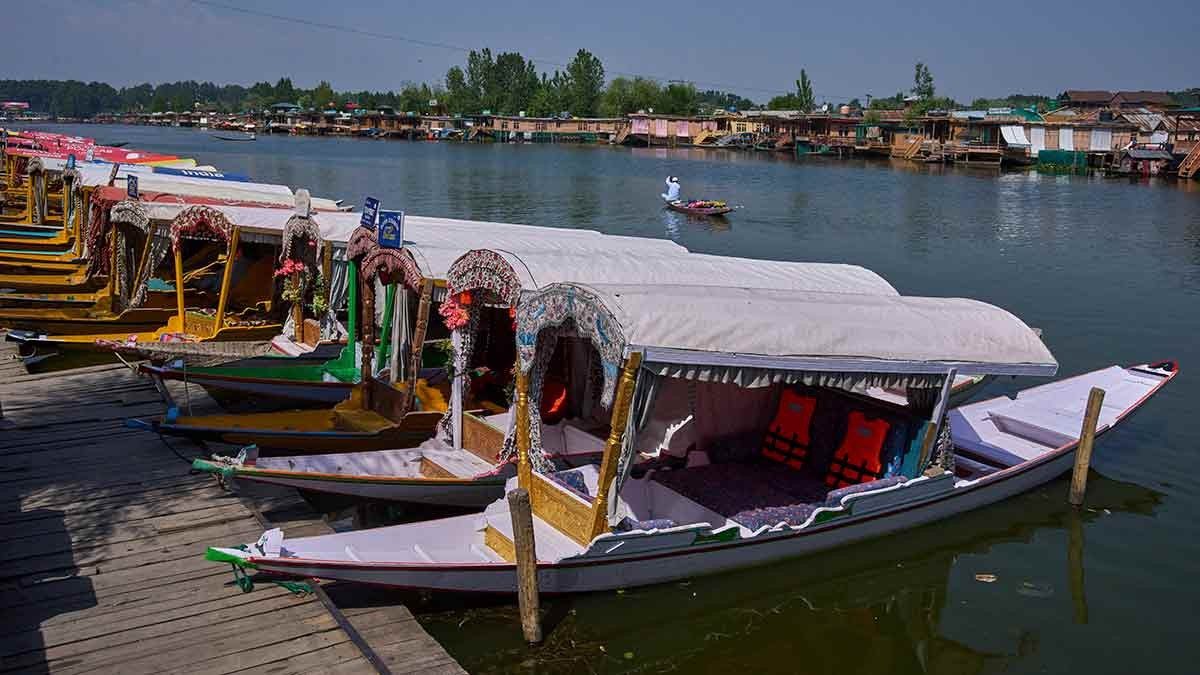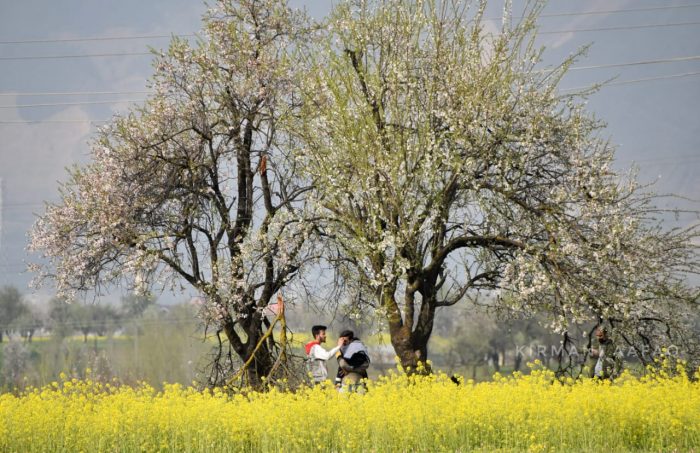Months after a tragic terror attack rocked Pahalgam, the Indian government and J&K administration launch a multifaceted initiative to rebuild trust, boost tourist confidence, and chart a new path for Kashmir’s economy.
By: Javid Amin | Srinagar | 08 July 2023
From Grief to Growth
The tranquil hill town of Pahalgam, once echoing with the chatter of tourists, turned silent after the April 22 terror attack that claimed 26 lives, including 25 visitors. It dealt a devastating blow not only to the families of the victims but to the broader ecosystem of Kashmir’s tourism industry, which serves as a vital economic pillar for the Union Territory.
Now, in a coordinated effort between the Centre and the UT administration, Kashmir is witnessing a comprehensive tourism revival campaign. It’s not just about bringing tourists back—it’s about restoring faith, strengthening security, and showing the world that Kashmir remains open, resilient, and welcoming.
Key Initiatives Unveiled
01. National Tourism Secretaries’ Conference in Srinagar
Held over two days, the event brought together top tourism officials from across India. Delegates experienced the Valley firsthand and discussed actionable policies to revitalize tourism, spread awareness of Kashmir’s safety, and promote new experiences.
02. High-Level Visits & Confidence Building
Ministers Gajendra Singh Shekhawat and Shivraj Singh Chouhan toured several tourist hotspots, engaged with locals, and publicly endorsed Kashmir as safe and secure. Their visits served as symbolic assurances to potential travelers nationwide.
03. Promotion & Messaging Strategy – The High-Five Plan
The Centre rolled out a five-point strategy aimed at comprehensive brand rebuilding:
- Celebrity & influencer campaigns to reach new audiences
- Identification of new tourist circuits beyond the traditional spots
- Financial support for tourism infrastructure upgrades
- Support for local hospitality businesses and entrepreneurs
- Promotion of untapped rural and cultural destinations
04. Symbolic Governance Moves
To counter the atmosphere of fear, J&K CM Omar Abdullah held a Cabinet meeting in Pahalgam, a historic and strategic gesture of solidarity. Additionally, a memorial is being planned in Baisaran Valley to honor the victims.
The Impact of the Attack on Tourism
Tourism figures illustrate the deep impact of the April tragedy:
- Pahalgam tourist footfall plummeted from 18,000 in April to just 3,000 in June
- Amarnath Yatra bookings saw a 10.19% drop, prompting intensified security and revised verification protocols
The disruption wasn’t limited to Pahalgam. Several peripheral areas such as Yusmarg and Doodhpathri also saw sharp declines in arrivals.
Security and Infrastructure Boost
In response, the government announced a multi-layered security strategy:
- Three-tier security along all pilgrimage and tourist corridors
- Emergency lanes and widened access tracks to handle surges
- Digital monitoring systems across major hubs
- CCTV surveillance and drone patrols in sensitive areas
- Rapid response teams deployed in high-density zones
Additionally, over 970 Panchayat Bhawans and 1,606 Common Service Centres have been sanctioned to improve local governance and last-mile service delivery, helping ensure both tourist and local welfare.
Tourism Rebounds: Signs of Hope
Despite the grim spring, signs of recovery have begun to surface:
- Gulmarg, Sonamarg, and Srinagar are witnessing a rise in hotel bookings and tourist arrivals
- Amarnath Yatra inquiries are rebounding, aided by enhanced security and digital facilitation
- Honeymoon, family vacation, and eco-tourism packages are drawing interest from both domestic and international travel markets
Local operators are cautiously optimistic. Many believe that the renewed government push—combined with grassroots resilience—could make 2025 a landmark year for responsible tourism in Kashmir.
Looking Ahead: A Sustainable Tourism Vision
Union Minister Gajendra Singh Shekhawat stressed that:
“Tourism is not just leisure. It’s a vehicle for economic revival, cultural pride, and national unity.”
At the conclave, the Centre emphasized:
- Developing 50 iconic global-standard tourist destinations, with Kashmir as a core focus
- Revamping hospitality standards in collaboration with top hotel chains and academic institutions
- Investing in tourism-linked skilling programs to empower local youth
- Out-of-the-box ideas, such as virtual tourism, tribal eco-trails, and cinematic tourism circuits
Parliament Panel Visit: ‘Kashmir Is Safe’ Message Echoes Nationwide
A Parliamentary Standing Committee led by MP Anurag Thakur visited Jammu & Kashmir this weekend, part of a larger mission to rebuild national and international trust in Kashmir as a safe destination.
Key Moments from the Visit:
- Committee met with Lieutenant Governor Manoj Sinha at Raj Bhawan, Srinagar
- Discussions focused on tourism, local livelihoods, and counter-narratives to misinformation
Anurag Thakur stated:
“This visit will spread the message across the country that Kashmir is safe and peaceful.”
LG Sinha praised the unity and resilience shown by locals:
“The public protests in Pahalgam against Pakistan-sponsored terrorism mark a turning point. We are committed to inclusive development and peace.”
Voices from the Valley
Nasreen Akhtar, local hotelier in Pahalgam:
“We lost so much business, but these visits and the new infrastructure plans are giving us hope.”
Javid Mir, trekking guide:
“Tourists ask about safety all the time. With these new measures, we feel better answering them.”
Rukhsar Ali, travel agent in Srinagar:
“We’re getting calls again—from Bengaluru, Kolkata, even Dubai. People want to come back.”
Conclusion: A Long Road, But A Clear Direction
Kashmir’s journey from tragedy to tourism recovery is complex, but the momentum is real. With political will, community resilience, and strategic planning, the Valley is reclaiming its status not just as a tourist spot, but as a symbol of endurance and beauty.
The current strategy is not merely reactive—it’s visionary. By positioning Kashmir as a key player in India’s tourism growth story, the Centre hopes to build a future where conflict is overshadowed by culture, commerce, and connection.



